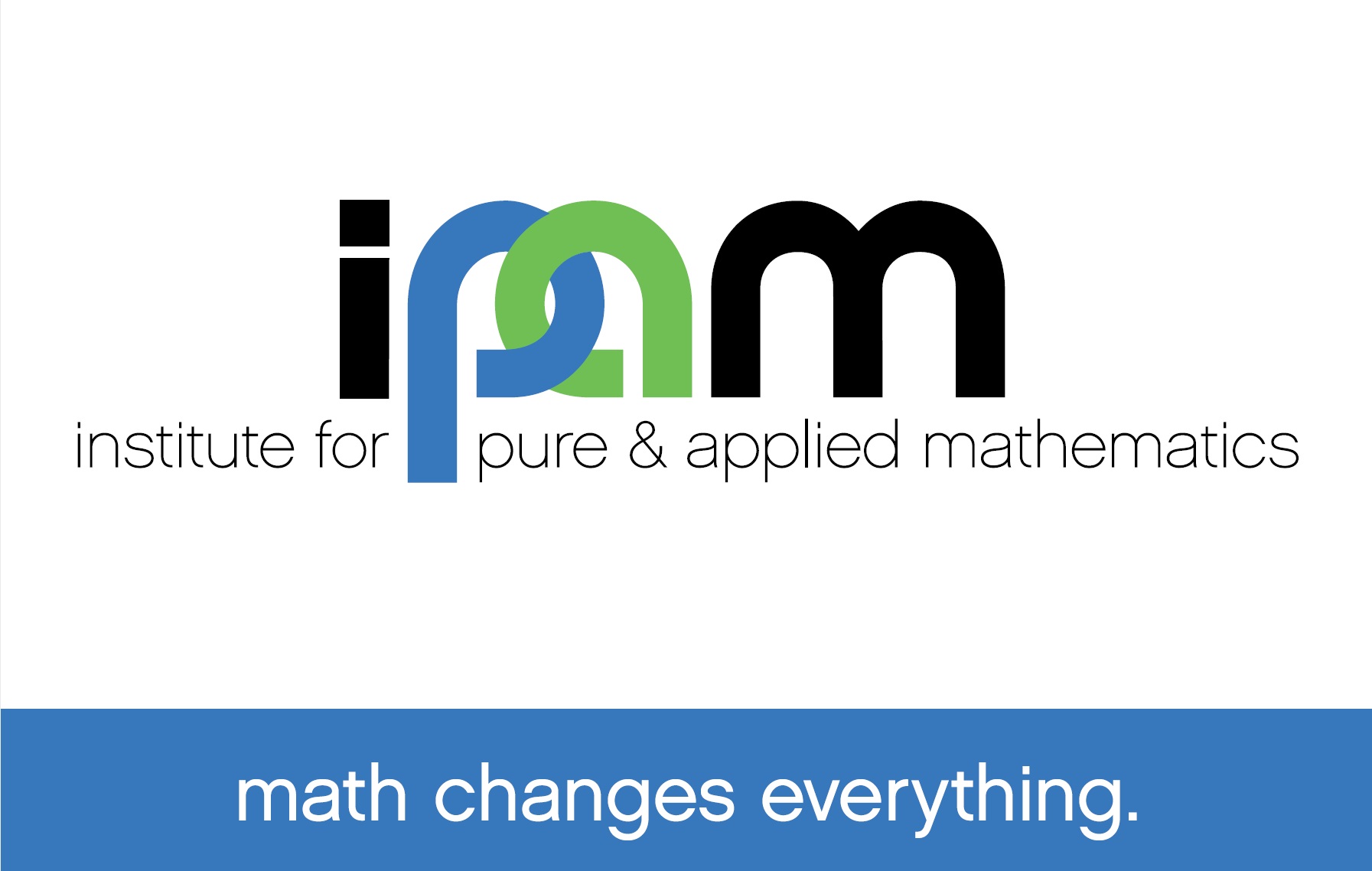Abstract
Sebastian Neumayer - Universität Kaiserslautern, Mathematics
Morphing of images is a fundamental challenge in image processing. The (time continuous) metamorphosis model originally proposed by Trouve, Younes and coworkers is a special form of morphing, where the space of images is endowed with a Riemannian metric incorporating the contribution due to transport and variations of image intensities along paths in the space of images. A variational time discretization of the metamorphosis energy functional and the Mosco--convergence of the time discrete to the timecontinuous metamorphosis model for square-integrable images in the Euclidean space are analyzed by Berkels, Effland and Rumpf. This talk addresses the morphing of manifold-valued images based on a time discrete geodesic paths model. We prove the existence of a minimizing sequence within the L^_2 space of images having values in a finite dimensional Hadamard manifold together with a minimizing sequence of admissible diffeomorphisms. We introduce a novel time continuous metamorphosis energy functional for images on Hadamard manifolds, which coincides with the original energy functional in case of Euclidean spaces, and the Mosco--convergence of the energy functionals on Hadamard manifolds is proven. We propose a space discrete model based on a finite difference approach on staggered grids, where we focus on the linearized elastic potential in the regularizing term. The numerical minimization alternates between i) the computation of a deformation sequence between given images via the parallel solution of certain registration problems for manifold-valued images, and ii) the computation of an image sequence with fixed first (template) and last (reference) frame based on a given sequence of deformations via the solution of a system of equations arising from the corresponding Euler-Lagrange equation. Numerical examples give a proof of the concept of our ideas.
Joint work with A. Effland (U Graz), J. Persch (Zeiss AG), G. Steidl (TU Kaiserslautern), M. Rumpf (U Bonn)
